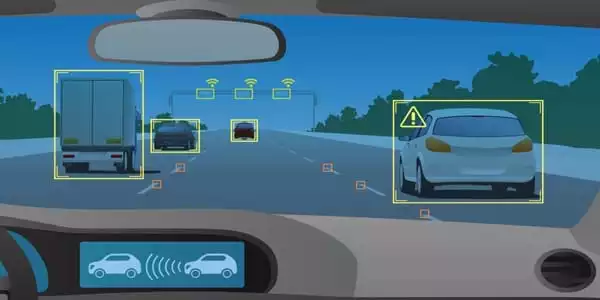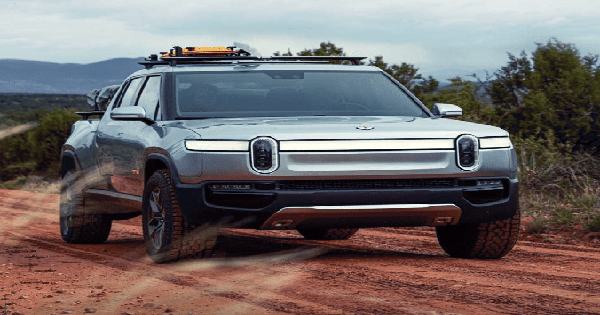Automated vehicles and driver-assist technologies (including those already in use on public roads) have the potential to reduce accidents, prevent injuries, and save lives. Fully automated vehicles that can see more and react faster than human drivers could significantly reduce errors, crashes, and their consequences.
New research could help automated vehicles predict when pedestrians will cross the road, making them more pedestrian-friendly. According to scientists researching how to better understand human behavior in traffic, neuroscientific theories of how the brain makes decisions can be used in automated vehicle technology to improve safety and make it more human-friendly.
Scientists from the University of Leeds who are researching how to better understand human behavior in traffic say that neuroscientific theories about how the brain makes decisions can be used in automated vehicle technology to improve safety and make them more human-friendly.
The researchers wanted to see if a decision-making model called drift-diffusion could predict when pedestrians would cross a road in front of approaching cars and if it could be used in scenarios where the car gives way to the pedestrian, either explicitly or implicitly. This prediction capability will allow the autonomous vehicle to communicate more effectively with pedestrians in terms of its traffic movements and any external signals such as flashing lights, allowing it to maximize traffic flow and reduce uncertainty.
We researching on how to better understand human behavior in traffic say that neuroscientific theories about how the brain makes decisions can be used in automated vehicle technology to improve safety and make them more human-friendly.
Professor Gustav Markkula
Drift diffusion models assume that people make decisions after accumulating sensory evidence up to a decision threshold. “When making the decision to cross, pedestrians appear to be adding up lots of different sources of evidence, not only relating to the vehicle’s distance and speed but also using communicative cues from the vehicle in terms of deceleration and headlight flashes,” said Professor Gustav Markkula of the University of Leeds’ Institute for Transport Studies and the study’s senior author.
“When a vehicle yields, pedestrians are often unsure whether the car is actually yielding and will often wait until the car has almost come to a complete stop before beginning to cross. Our model clearly demonstrates this state of uncertainty, which means it can be used to help design how automated vehicles behave around pedestrians in order to reduce uncertainty, which can improve both traffic safety and traffic flow. It’s exciting to see how cognitive neuroscience theories can be applied in this type of real-world context.”

The team used virtual reality to place trial participants in various road-crossing scenarios in the University of Leeds’ unique HIKER (Highly Immersive Kinematic Experimental Research) pedestrian simulator to test their model. The movements of study participants were tracked in great detail while they walked freely inside a stereoscopic 3D virtual scene depicting a road with oncoming vehicles. The task for the participants was to cross the road as soon as they felt safe to do so.
Various scenarios were tested, with the approaching vehicle either maintaining the same speed or decelerating to allow the pedestrian to cross, occasionally flashing the headlights, representing a commonly used yielding intention signal in the UK.
The researchers discovered that, as predicted by their model, participants behaved as if they were deciding when to cross by adding up sensory data from vehicle distance, speed, acceleration, and communicative cues over time. This meant that their drift-diffusion model could predict whether and when pedestrians would start crossing the street.
“These findings can help provide a better understanding of human behavior in traffic, which is needed both to improve traffic safety and to develop automated vehicles that can coexist with human road users,” said Professor Markkula. “Safe and human-acceptable interaction with pedestrians is a major challenge for automated vehicle developers, and a better understanding of how pedestrians behave will be critical to enable this.”
“Predicting pedestrian decisions and uncertainty can be used to optimize when, and how, the vehicle should decelerate and signal to communicate that it’s safe to cross, saving time and effort for both,” said lead author Dr. Jami Pekkanen, who conducted the research while at the University of Leeds.
















